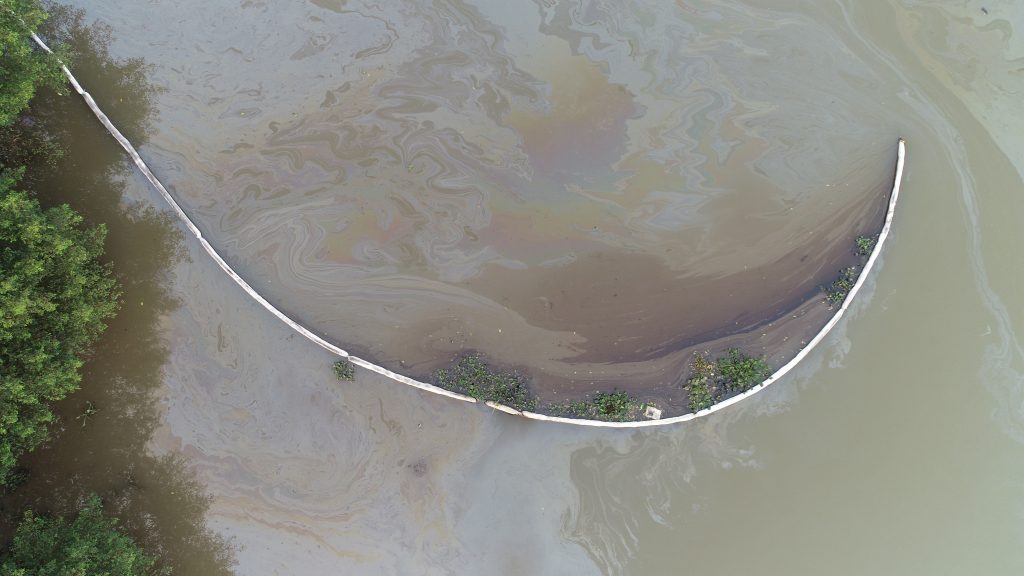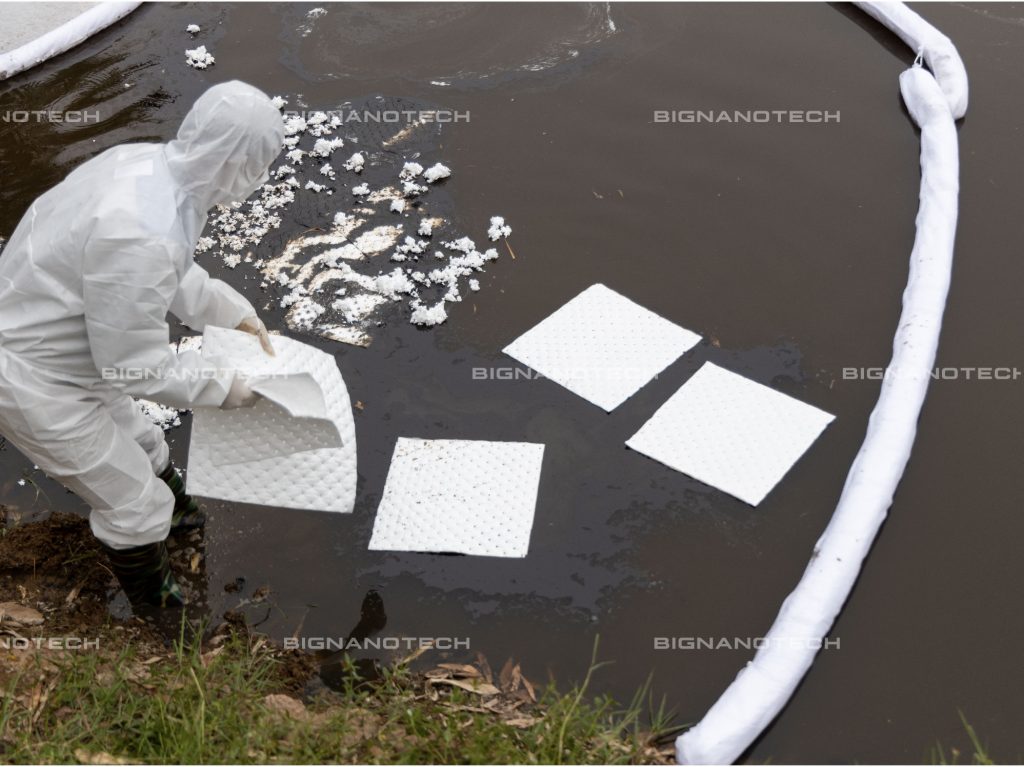
Oil spills are one of the most serious environmental disasters that can happen in our oceans. They not only cause widespread damage to marine ecosystems but also disrupt local economies and pose serious health risks to humans and wildlife. Given the increasing reliance on petroleum transportation across waterways, being prepared with effective oil spill response measures is crucial. This article explores the top five methods to address oil spills in the ocean, highlighting the importance of swift action and the best tools for the job.
1. What is an Oil Spill?
An oil spill occurs when liquid petroleum accidentally leaks into the environment, particularly into water bodies like oceans and seas. These spills can result from various incidents, including ship collisions, pipeline ruptures, offshore drilling accidents, or natural disasters.
One notable example is the Deepwater Horizon oil spill in 2010, where over 4 million barrels of crude oil were discharged into the Gulf of Mexico. This disaster underscored the devastating impact oil spills can have on marine ecosystems, economies, and communities.

What Causes Oil Spills in the Ocean?
Oil spills are primarily caused by:
- Tanker Accidents: Collisions or grounding of oil tankers.
- Pipeline Leaks: Aging or poorly maintained pipelines.
- Offshore Drilling Mishaps: Equipment failure or blowouts during exploration and extraction.
- Operational Errors: Mistakes during loading, unloading, or refueling operations.
- Natural Disasters: Hurricanes or earthquakes causing structural damage.
Understanding these causes helps us prepare better for preventing and addressing oil spills.
2. Why Do We Need to Handle Oil Spills in the Ocean?
Failing to manage an oil spill in the ocean promptly and effectively can lead to catastrophic consequences. Here are some of the most critical reasons why addressing oil spills is essential:
Environmental Damage
Oil spreads rapidly on water, creating a slick that blocks sunlight and depletes oxygen levels. This harms marine life, including fish, seabirds, and mammals. Coral reefs and coastal habitats also suffer long-term damage.
Economic Impact
Local industries, such as fishing and tourism, often experience severe disruptions due to contaminated waters and polluted beaches. Cleanup costs can run into millions of dollars, straining regional economies.
Health Hazards
Exposure to oil and its byproducts can cause respiratory problems, skin irritation, and other health issues in humans. Wildlife exposed to oil may experience poisoning, hypothermia, or loss of buoyancy.
Managing oil spills quickly reduces these risks, protecting marine ecosystems and coastal communities.
3. Top Effective Oil Spill Response Measures
Dealing with an oil spill in the ocean requires a combination of strategies and tools. Below are the top five effective measures, along with detailed insights into their benefits and applications.
1. Oil Absorbent Booms
Containment booms are floating barriers designed to encircle and contain the oil spill, preventing it from spreading further.
How They Help:
- Booms confine oil to a specific area, making it easier to recover.
- They protect sensitive areas, such as coastlines and marine sanctuaries.

How to Use:
- Deploy the booms around the spill using boats.
- Monitor the boom’s position regularly to ensure it remains effective.
Example: During the Exxon Valdez oil spill in Alaska, containment booms were extensively used to protect coastal habitats and assist in recovery operations.
2. Skimmers
Skimmers are specialized equipment designed to remove oil from the water’s surface.
How They Help:
- Skimmers collect and separate oil, allowing for its proper disposal.
- They work well with containment booms to maximize recovery.

How to Use:
- Deploy skimmers within the contained area of the spill.
- Operate the equipment to skim oil into onboard storage tanks.
Example: In the Gulf of Mexico spill, skimmers recovered millions of gallons of oil, showcasing their efficiency in large-scale operations.
3. Dispersants
Dispersants are chemical agents sprayed onto oil slicks to break the oil into smaller droplets.
How They Help:
- Smaller droplets mix with water, allowing natural bacteria to degrade the oil more efficiently.
- Dispersants prevent the oil from reaching coastlines.

How to Use:
- Apply dispersants using planes or boats equipped with sprayers.
- Follow regulatory guidelines to minimize environmental risks.
Example: During the Deepwater Horizon spill, dispersants were deployed to manage oil spread effectively, though their environmental impact remains debated.
4. Oil Absorbent Products
Oil absorbent products are essential for cleaning up oil spills quickly and efficiently. BIGNANOTECH provides high-quality solutions tailored for ocean spill response.

Key Products:
- Oil Absorbent Pads: Lightweight and easy to handle, these pads float on water and absorb large amounts of oil. They are ideal for smaller spills or finishing cleanup efforts.
- How to Use: Place pads directly over the oil spill. Once saturated, replace with fresh pads.
- Example: Used in local marina cleanups to manage minor spills caused by boat leaks.

- Oil Absorbent Booms: Designed for larger spills, these booms both contain and absorb oil on the water’s surface.
- How to Use: Deploy the booms around the affected area to prevent further spread and absorb oil. Replace when saturated.
- Example: Utilized in Singapore’s recent spill to minimize environmental impact.
- Oil Absorbent Rolls: Ideal for covering wide areas, these rolls provide versatility in spill management.
- How to Use: Unroll over the spill area or use as a barrier along shorelines.
- Example: Employed in ports to prevent oil from contaminating nearby ecosystems.

5. Bioremediation
Bioremediation uses natural or introduced microorganisms to break down oil into harmless substances.
How It Helps:
- Eco-friendly solution for long-term restoration.
- Enhances natural degradation processes.

How to Use:
- Apply microbial solutions to the affected area.
- Monitor the site regularly to assess progress.
Example: Used in the aftermath of smaller spills, bioremediation has proven effective in restoring mangrove habitats.
4. Where Can Help You With These Solutions?
When an oil spill in the ocean occurs, contacting local authorities and professional spill response teams should be your first step. Their expertise ensures swift containment and effective cleanup.
For businesses looking to prepare for potential spills, having reliable oil absorbent products on hand is essential. BIGNANOTECH offers a comprehensive range of high-quality, affordable solutions, including:
Our products are designed to meet international standards, providing effective and eco-friendly solutions for spill management.
5. In Summary
Managing an oil spill in the ocean requires immediate action, the right tools, and a strategic approach. From containment booms to advanced bioremediation techniques, combining multiple methods ensures the best results. Reliable suppliers like BIGNANOTECH play a vital role in equipping businesses with the resources needed for successful spill response.
Need trusted oil spill solutions? Contact BIGNANOTECH today for premium products and expert advice. Let’s protect our oceans together!
For advice and solution proposals for industrial cleaning, please contact:
BIGNANOTECH Co., Ltd.
Hotline: (+84) 879 808 080 – (+84) 868 939 595
Email: sales@bignanotech.com







